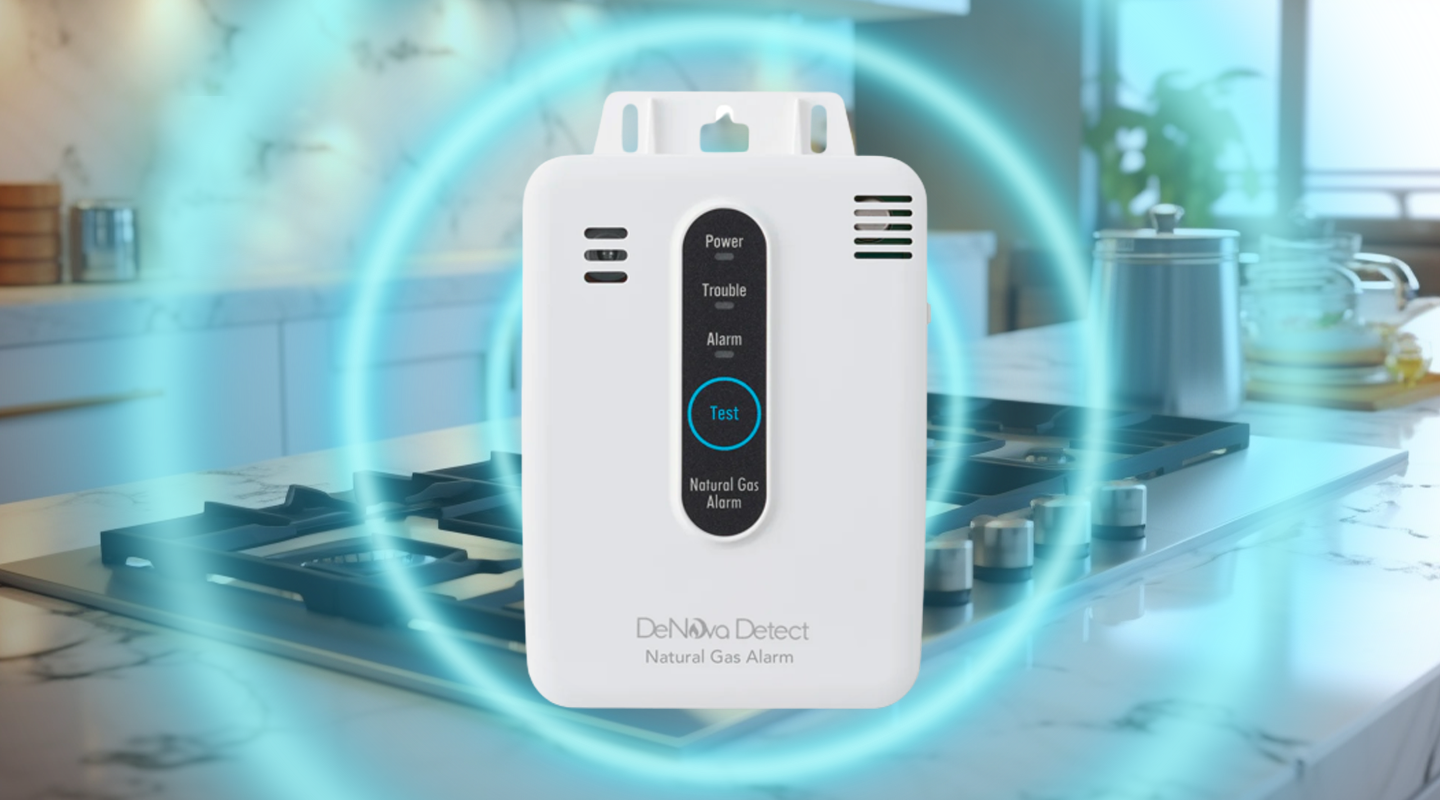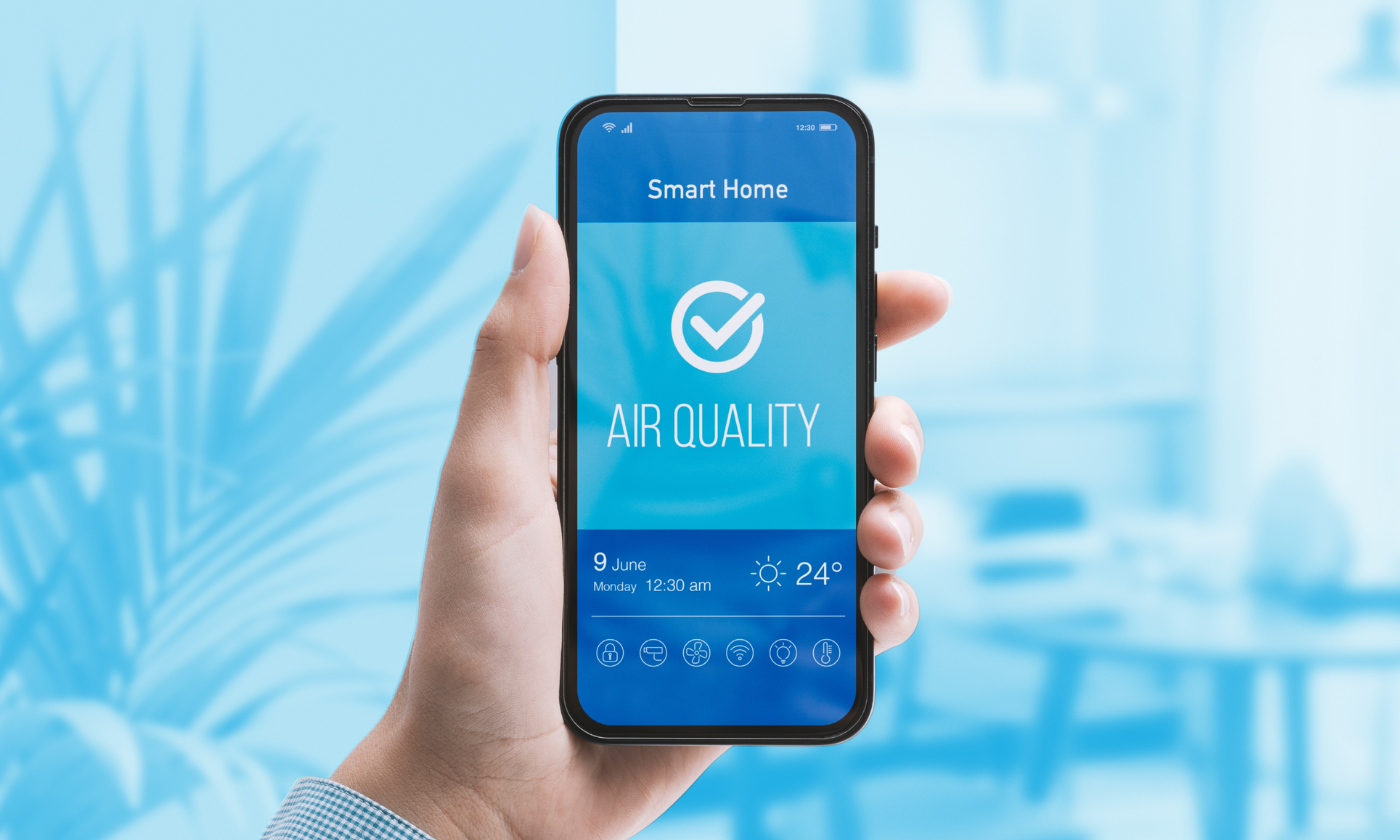While some gases can be more toxic and dangerous than others, all compressed gases are considered hazardous materials. It is essential to be aware of the specific hazards associated with different types of compressed gases, such as acetylene, ammonia, carbon dioxide, chlorine, hydrogen, and more. Understanding the potential risks of compressed gas enables individuals to take appropriate precautions to mitigate risks and ensure their safety.
Gas safety awareness is essential for the utmost protection. Before understanding the properties and hazards of various gas types, it’s important to understand what a compressed gas is.
Compressed Gas
Compressed gases remain stored in recipients such as bottles or special cylinders under pressure. The state in which they are conserved changes according to the characteristics of each chemical compound. Some are liquid gases, others are non-liquid, and they can also be dissolved gases. The storage pressure is adjusted to the values of each one of them.
- Liquefied compressed gas: any chemical or material that, under the charged pressure, is partially liquid at a temperature of 70°F (21°C).
- Non-liquefied compressed gas: any chemical or material (other than gas in solution) that is entirely gaseous under the charged pressure at a temperature of 70°F (21°C).
- Compressed gas in solution: a non-liquefied compressed gas that is dissolved in a solvent.
The dangers of natural gas leaks aren’t only confined to gas appliances. Compressed natural gas (CNG) is simply natural gas mainly comprised of methane stored under high pressures (while remaining in its gaseous form), primarily to transport it or as storage for later use. In this form, it remains clear, odorless, and non-corrosive. Just as natural gas leaks can lead to safety risks, compressed or flowing through the pipelines, compressed gases can lead to risky situations if they’re not fully understood.
The Different Gas Categories
Most gases have one or more hazardous properties and can fall into one or multiple categories. The Globally Harmonized System (GHS) makes it easier for individuals to identify what kind of gas they may be dealing with. GHS is a comprehensive hazard communication system that categorizes different chemicals by hazard type. Countries worldwide can adopt this system, providing consistent and appropriate information on the chemicals they import or produce to minimize confusion.
The GHS system allows anyone handling a compressed gas to quickly determine whether it’s toxic, explosive, or a combination of properties, ensuring the safety of themselves and others. Some of the different categories for compressed gas include:
Flammable
Flammable gases include acetylene, butane, carbon monoxide, hydrogen, methane, and propane—two components of natural gas. These gases will ignite and burn at a low flashpoint. The flammable range of such gases is measured when the concentration in the air or contact with an oxidizing gas is between its lower explosive limit (LEL) and its upper explosive limit (UEL).
When handling flammable gases, all possible sources of ignition must be eliminated. Ignition will only occur in the presence of a source, such as sparks, arcing, open flames, or very hot surfaces. Auto-ignition is also possible when certain gases like phosphine with a low auto-ignition temperature (212°F) come into contact with a hot steam pipe or electric light bulb.
Safety tips include:
- Have a portable fire extinguisher readily available for fire emergencies.
- Do not use a flame to detect leaks! A compatible leak-detection solution must be used, like a natural gas detector such the state-of-the-art gas alarms available now on the Denova Detect website instead.
- Use spark-proof tools when working with or on a flammable compressed gas cylinder or system.
Oxidizing
Oxidizing gases, or simply oxidants, are non-flammable gases. However, in the presence of an ignition source and fuel, they can displace oxygen from the air and support and vigorously accelerate combustion. Typical oxidizing gases include chlorine, fluorine, and nitrous oxide.
Never store or allow readily combustible materials like oil, grease, or flammable gases near oxidants, and ensure they do not come in contact with cylinders or other equipment used for oxidant services. The fires that could result can spread rapidly and be difficult to extinguish.
Toxic
Toxic gases are the most dangerous and have a health hazard level of around 3 or 4, according to NFPA 704. Toxic gases can have varying effects and can either be reactive, flammable, oxidizing, or a combination of all of the above. One of the most common toxic gases is carbon monoxide, which is colorless and odorless. Early indications of carbon monoxide poisoning include tiredness, drowsiness, headaches, nausea, chest and stomach pains.
Other examples include carbon monoxide, hydrogen sulfide, nitrogen oxide, and ozone.
Cryogenic
Cryogenic gases include liquid oxygen, hydrogen, nitrogen, argon, and helium. Cryogenic gases have a boiling point of -130°F (-90°C) at atmospheric pressure. While they can be non-flammable, flammable, or oxidizing, they’re still extremely cold and can easily cause intense burns if mishandled.
Most cryogenic liquids are odorless, colorless, and tasteless when vaporized into the gaseous state. All cryogenic liquids produce large volumes of gas when they vaporize, which can cause cold burns and hypothermia within people and cause embrittlement of many common materials, which may crack or fracture under stress. Cryogenic liquids can also build immense pressure, so it’s critical to never block a filled line. Otherwise, the tremendous pressure could burst the tube.
More tips include:
- Transferring cryogenic liquids must be conducted slowly to minimize boiling and splashing. Use appropriate personal protective equipment, including insulated gloves, goggles, and a face shield.
- In the event of skin contact with a cryogenic liquid, do not rub the skin. Place the affected part in a warm water bath.
- Excessive ice build-up could result in the discharge of freezing gas or structural damage to the cryogenic container and surroundings.
- All cryogenic systems, including piping, must have pressure relief devices to prevent excessive pressure build-up.
- Hot air, steam, or water can thaw frozen equipment. Do not use open flames or direct intense heat sources to thaw frozen equipment. Do not use water to thaw liquid helium equipment.
Gas safety awareness starts with understanding the gases in your home and workplace. Gas safety makes it easier to prevent mishaps and increases the presence of knowledgeable individuals in case of an emergency. Knowing how to safely store, handle, and transport these gases ensures your security and the protection of others. Reliable gas safety detectors should also be around transported gas for an additional layer of security.
Natural gas alarms minimize the risk of your health and household being compromised. Leaks can happen anytime, especially natural gas leaks, so the right detection technology will help spot any problems. To learn more about how New Cosmos USA and our DeNova Detect products can help protect you and your community, visit our natural gas blog for more information and browse our products today.





Leave a comment
This site is protected by hCaptcha and the hCaptcha Privacy Policy and Terms of Service apply.